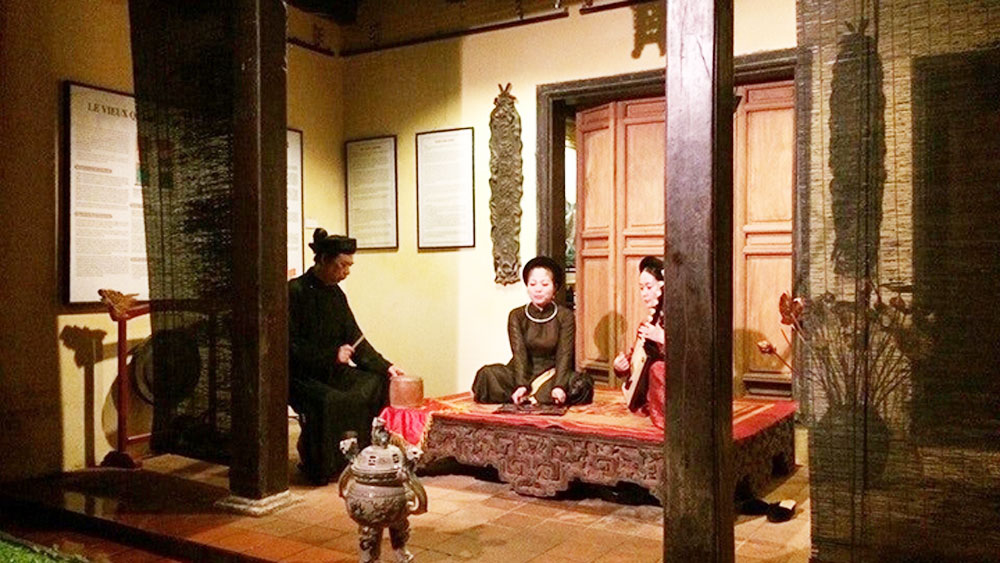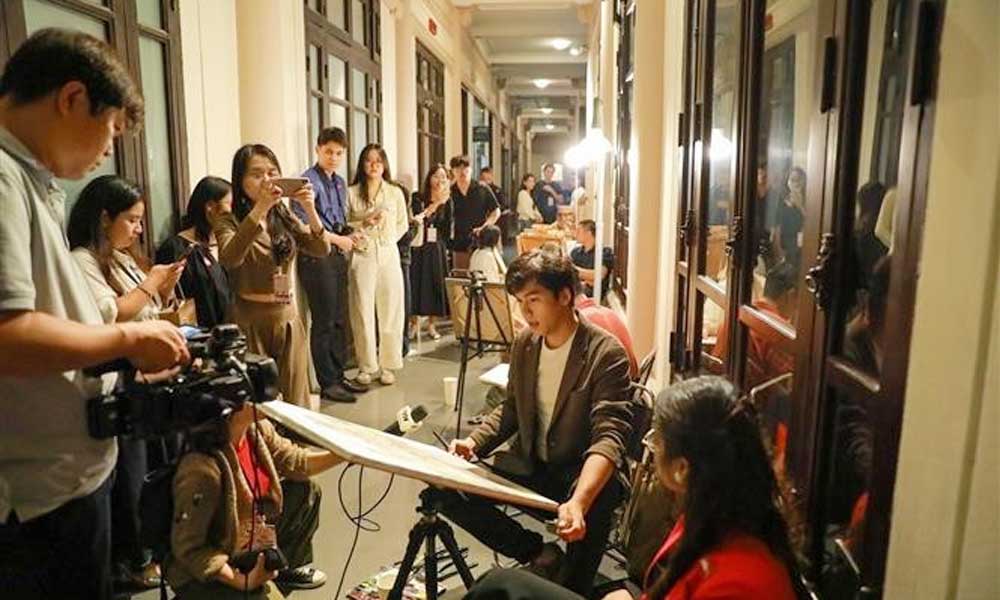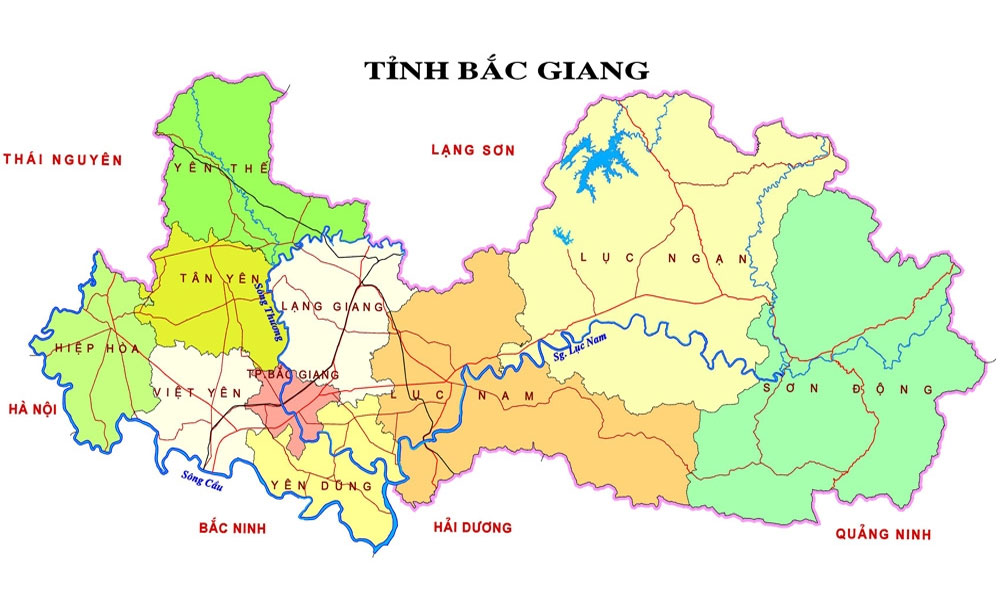Ancient house in Ma May
 |
|
Performing Ca |
According to certain ancient documents, the street is named Ma May because in the past it consisted of two small streets: Hang May and Hang Ma. After many ups and downs, the old street today features many innovations, alternating between the buildings, hotels with splendid lights, and still the old quiet houses. Among them, the most prominent is the house located at No.87 Ma May.
The house is built mainly of black gloss ironwood. This house is typical of the traditional architecture in the Old Quarter: It has a narrow facade and a succession of buildings and courtyards. Stepping through the doorstep, guests get the sense of time standing still for centuries.
Besides the unique architecture, the visitors are attracted by the moss-covered roof, the silence, the peace of the house, it differs from the outsides life of the bustle of the streets and the tall buildings, the crowds of busy people.
According to the documents of the Management Board of Hanoi's Old Quarter, the house was built in the early 19th century with the traditional architecture of Vietnam. It has been restored within the cooperation agreement between Hanoi and Toulouse (France) and was inaugurated in
After being renovated, the house is now under the management of the Hanoi city People's Committee and is a model traditional house in Hanoi's Old Quarter, which is well preserved.
It seems that the idea and way of renovating the 87 Ma May ancient house was a successful plan as it has become a familiar address for many domestic and foreign visitors. Arriving here, everyone is welcome. For a long time, the one-time owner of the house has been absent, but the architecture and the layout of furniture help visitors imagine the owner’s life.
The entire ancient architecture of the house is divided into three areas.
 |
|
The entire ancient architecture of the house is divided into three areas. |
The second building,
The ancient house has a unique and precious culture, capturing the values of the life and people in Hanoi during an important historical period, reflecting the interference and advancement of East-West culture. Thus, visitors and the next generations can imagine the life and old habits of residents in Hanoi's Old Quarter.
Source: NDO
 Bắc Ninh
Bắc Ninh











Reader's comments (0)